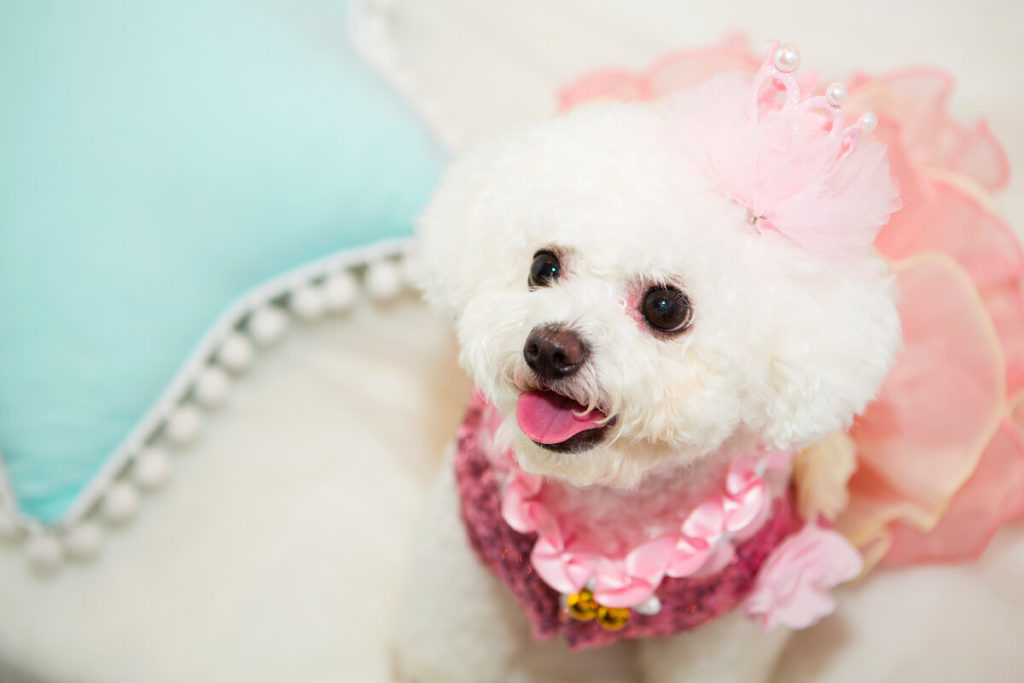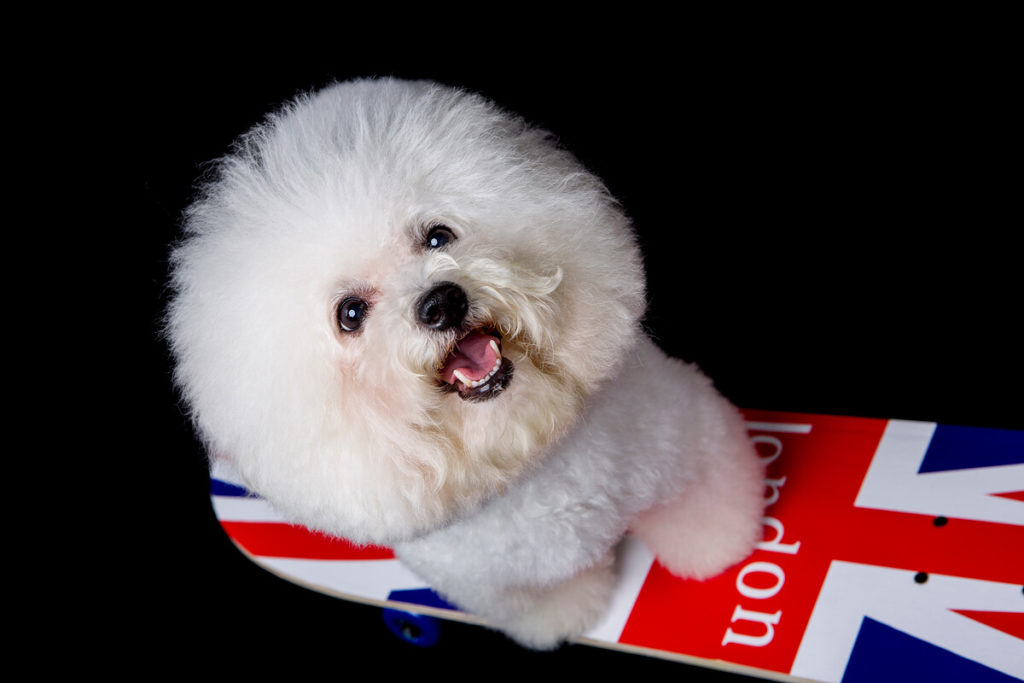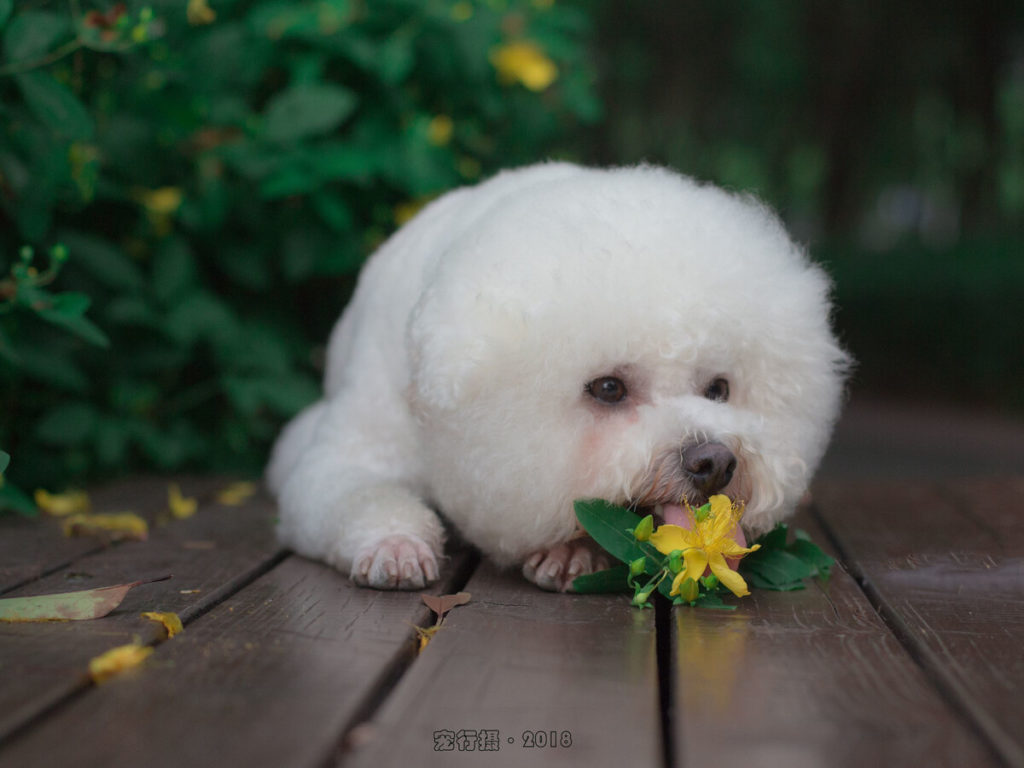One thing you find in a home with a Golden Retriever is hair, hair, and hair everywhere. You find it in your bed, your sofa, on your dresses and even maybe in your teacup. Shedding is pretty common and hair fall can be a menace to you if your Golden is shedding excessively.
So firstly you have to find out whether the hair fall is excessive or normal. So the final question is how to stop Golden Retriever hair fall. Actually, there is no stopping but the correct word is regulating. Regulating to an extent you are comfortable with.
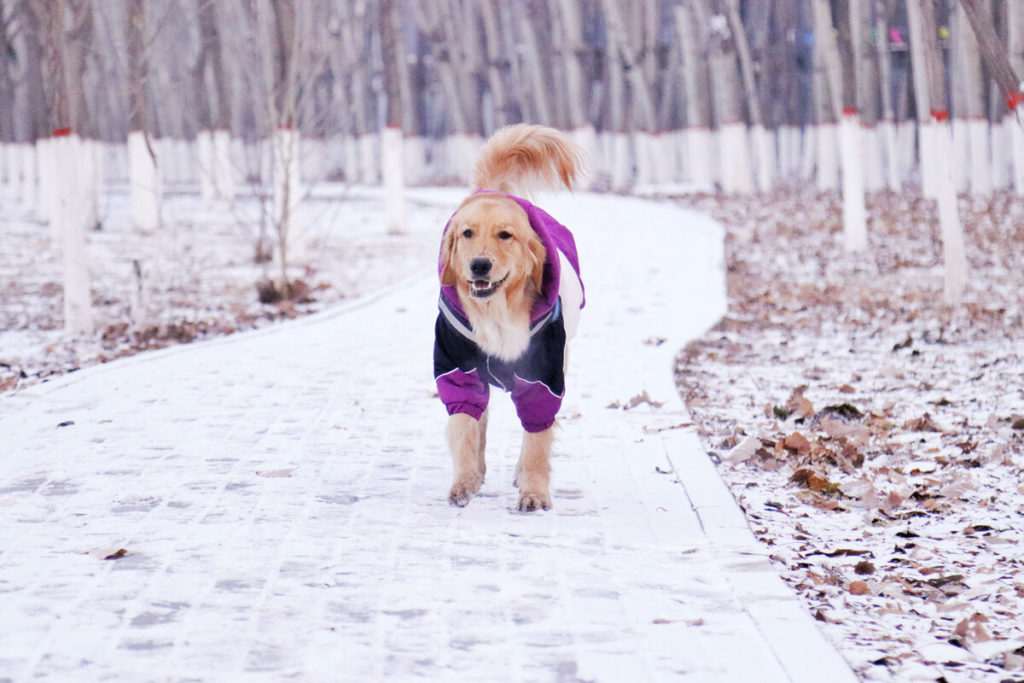
Now find How to stop Golden Retriever hair fall
Before you find out the solution lets begin with 2 other questions
Why do Golden Retriever shed hair?
Do you know that you shed your hair daily? similarly, all animals shed hair. The process of hair growth and shedding is very normal. Thus even Dogs shed their hair as we humans do. Sometimes Dogs undergo excessive shedding along with seasonal changes.
Why do you wear a winter coat during cold winters? and why do you take off your coat during hot summers? Similarly, a dog’s fur is like your thick winter coat which helps to regulate its body temperature with respect to the external surroundings.
your Golden generally sheds twice a year, firstly before summer to shed off its thick winter coat and get ready for summer and before winter to prepare its coat for winter.
Why does a Golden Retriever shed a lot?
Have you seen its thick, dense, beautiful coat? Among the short-haired breeds, Golden Retrievers are the ones that shed a lot, this happens because of something which is known as the Golden Retriever double coat. The double coat consists of a waterproof outer coat and a dense undercoat. This outer coat makes your Golden a natural water repellent and the undercoat helps these natural swimmers to keep their body warm even in cold waters.
Proven solutions to stop Golden Retriever hair fall
1.High quality Food
Healthy skin and hair is a manifestation of what you eat and the same principle applies to Dogs. Hence a general hair fall problem is corrected when corrections are made in its diet. Dog food should be high in proteins, moderate in fats and low in carbohydrates, hence feeding high-quality protein-rich food to your Golden is essential
your Golden’s hair contains mostly protein keratin, thus issues like dry hair and hair fall are signals that your Golden is lacking protein in its diet. Ensuring a high proportion of meat in its diet will supply the daily requirement of protein for your Golden.
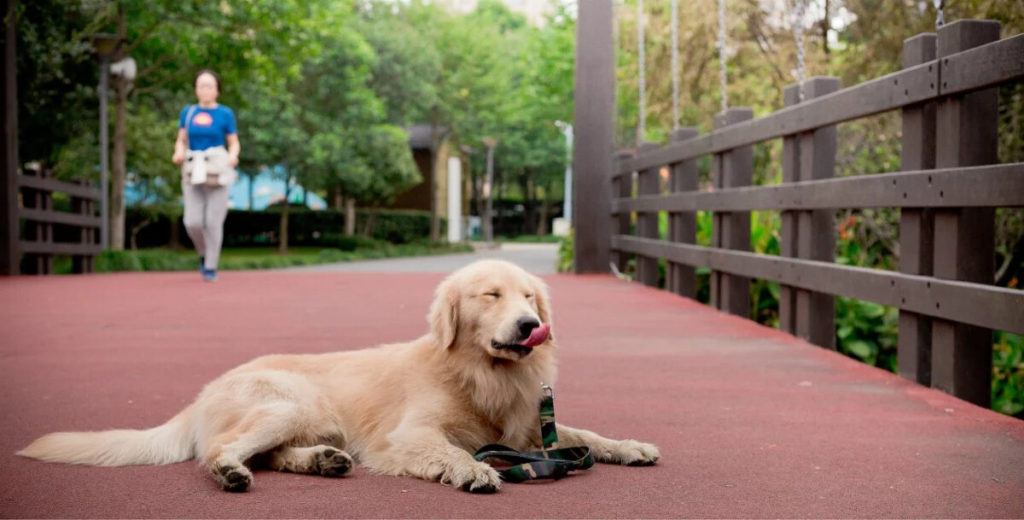
Make its diet nutrient-rich by adding the required amount of vegetables to its diet, thus feeding nutrient-dense food keeps the hair healthy and prevent excess falling of hair from follicles.
Inexpensive low-quality foods contain cheap fillers like cereal by-products, cottonseed hulls, peanut hulls and straw and these foods are low in its nutrient value. So feeding these kinds of foods may fill your Golden’s stomach but leads to a nutritional deficiency in your Golden.
your Golden requires Proteins, Vitamins like A, B, D, E, K, etc, Minerals like calcium, phosphorous etc and essential fatty acids such as Omega 3 and Omega 6 for a healthy coat.
2.Brush regularly
Brushing your Golden at least three times a week works like a wonder. Brushing spreads the essential oils produced all over your Golden’s skin and reduces excess fur loss and reduces shedding all over the house to a great extent. You can stay comfortable even if your Golden rolls on your new bed.
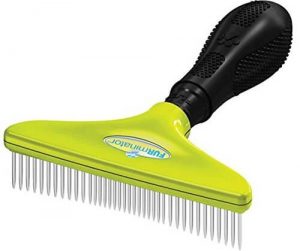
Use a slicker brush to comb its outer coat and a shedding rake for its undercoat. This can remove all the damaged dead hair and dirt from your Golden. I personally use Furminator rake for my Golden’s undercoat, it reaches the undercoat very well and it is useful in keeping my dog’s undercoat well maintained.
My 3 years old Dog used to suffer from excessive hair fall in spite of good health. Brushing my Dog regularly reduced his hair fall to a great extent.
3.Massage with Coconut oil
Do you know that lauric acid, the main component in coconut oil has antibacterial and antifungal properties? Topical application of coconut oil can heal wounds, cuts, dry skin and improve the health of your Golden’s skin and coat. The application process is fairly simple.
Take lukewarm coconut oil into your hands and apply it all over the body of your pet and massage the oil onto his coat and skin. Concentrate more on areas of excess hair fall and leave it for 10 minutes in order to get absorbed into the skin.
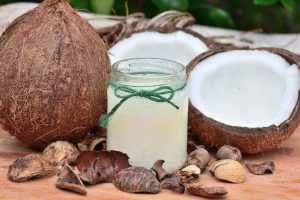
Always prefer to use virgin cold-pressed coconut oil and its not harmful if your Golden licks it as coconut oil can also be taken orally. If necessary give your Golden a quick wash with a gentle shampoo. Take care that the oil is not 100 per cent washed away.
4.Add Olive oil to the diet
Olive oil is a rich source of monounsaturated fats, antioxidants and Vitamin E. The antioxidants present in the oil help in the reduction of inflammation in the body. Inflammation is one of the reasons for hair loss in dogs and thus olive oil helps in reduction of hair loss.
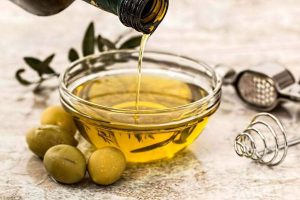
You can add one teaspoon of extra virgin cold-pressed olive oil per day to your Golden’s diet. The Omega 3 fatty acids present in Olive oil enhances your Golden’s skin and promotes hair quality. Introduce it to your Golden slowly in order to give him time to get habituated to eat cooking oils.
Check for other conditions that cause Excessive hair fall
Even though shedding is normal in Dogs, sometimes excessive shedding might be due to other reasons. They are:
- Parasites such as fleas and mites
- Bacterial and Fungal Infections
- Allergies due to Food and other factors such as flea saliva
- Mange
- Cushing’s syndrome
- Kidney or Liver disease
- Trauma due to lick granuloma
All these conditions can cause excessive hair loss and it is important to consult your Vet to determine which health condition is causing excessive hair fall in your Golden. With a proper diagnosis, your Golden can be treated effectively. Unless your Golden is affected by the above said health conditions, hair loss is not a serious problem and can be easily managed.
“We would Love to hear from You. Ask your Questions and Share your views in comments”


